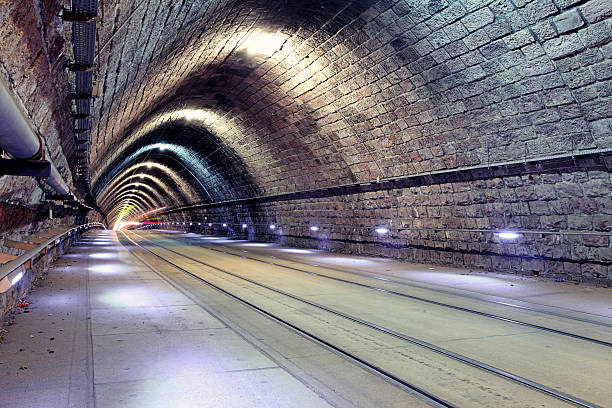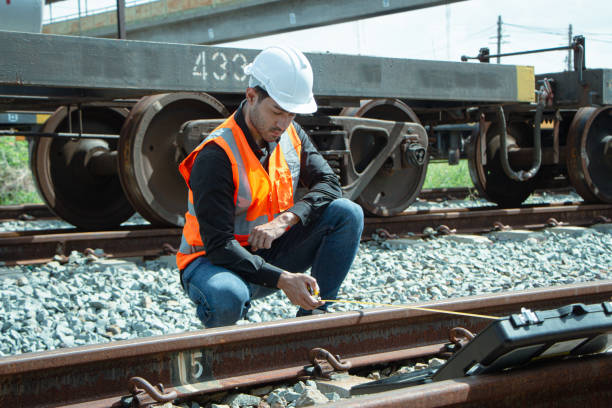Optical fiber temperature measurement and vibration early warning
Safety protection for subways, railways, and highway tunnels
In transportation infrastructure such as subways, railways, and highway tunnels, safety is of paramount importance. These tunnels often have enclosed environments and complex structures, and changes in temperature and vibration can have a significant impact on their safety and reliability.
 Temperature variations can cause expansion, contraction, and thermal stress within the tunnel, potentially leading to structural deformation and material damage. Vibrations, on the other hand, can result from factors such as vehicle movement, train operation, and earthquakes, imposing dynamic loads and inducing vibration responses in the tunnel structure and equipment, which can lead to fatigue failure and damage.
Temperature variations can cause expansion, contraction, and thermal stress within the tunnel, potentially leading to structural deformation and material damage. Vibrations, on the other hand, can result from factors such as vehicle movement, train operation, and earthquakes, imposing dynamic loads and inducing vibration responses in the tunnel structure and equipment, which can lead to fatigue failure and damage.
To ensure the safe operation of subway, railway, and highway tunnels, real-time monitoring and early warning of temperature and vibration are necessary. Distributed fiber optic temperature and vibration monitoring technology provides an efficient and comprehensive solution. By installing fiber optic sensors inside the tunnel, this technology can continuously sense and monitor temperature and vibration changes in real-time, transmitting the data to a monitoring system for analysis and processing.
Monitoring Plan:

Fiber Optic Installation: Install fiber optic sensors inside the tunnels, covering key areas and equipment such as tunnel walls, foundations, tracks, support structures, etc. The fiber optic sensors can be directly adhered or fixed to the surfaces, or embedded within the ground or internal equipment to detect temperature and vibration changes.
Fiber Optic Connection and Data Acquisition: Connect the fiber optic sensors to the monitoring system to ensure real-time data acquisition and transmission of temperature and vibration. The fiber optic signals can be digitized and processed through fiber optic devices and interfaces to provide accurate data.
 Real-time Monitoring and Analysis: The monitoring system continuously monitors the temperature and vibration changes in the areas connected to the fiber optic sensors. The temperature and vibration data can be analyzed, visualized, and recorded in real-time by the monitoring system, allowing operators to understand the temperature and vibration conditions inside the tunnel.
Real-time Monitoring and Analysis: The monitoring system continuously monitors the temperature and vibration changes in the areas connected to the fiber optic sensors. The temperature and vibration data can be analyzed, visualized, and recorded in real-time by the monitoring system, allowing operators to understand the temperature and vibration conditions inside the tunnel.
Warning and Alarm: Temperature and vibration warning and alarm functions are set based on safety requirements and predetermined thresholds. If the temperature or vibration exceeds the set thresholds, the system triggers warnings and alarms to notify operators to take appropriate measures.
Remote Monitoring and Control: The distributed fiber optic temperature and vibration warning system can be connected to a central control room or remote management platform, enabling remote monitoring and control. Operators can access temperature and vibration data through remote terminals, allowing them to monitor the tunnel conditions in real-time and take necessary actions when required.
Distributed fiber optic temperature and vibration warning technology offers advantages such as high accuracy, real-time capability, and wide coverage. It enables comprehensive monitoring of temperature and vibration at various locations within the tunnel, timely warning of anomalies, and implementation of necessary adjustments and maintenance measures. This helps enhance the safety and reliability of the tunnel, reduce accident risks, and ensure the safety of passengers and transportation.





